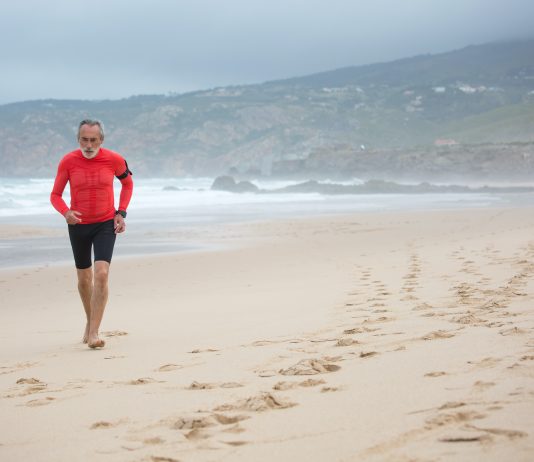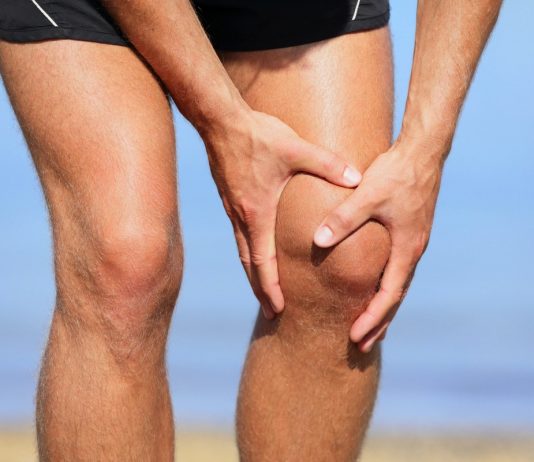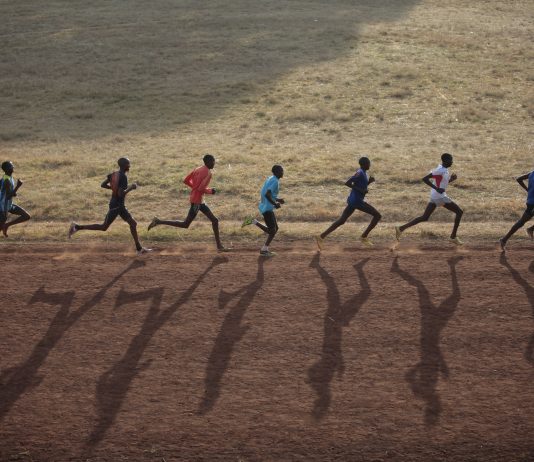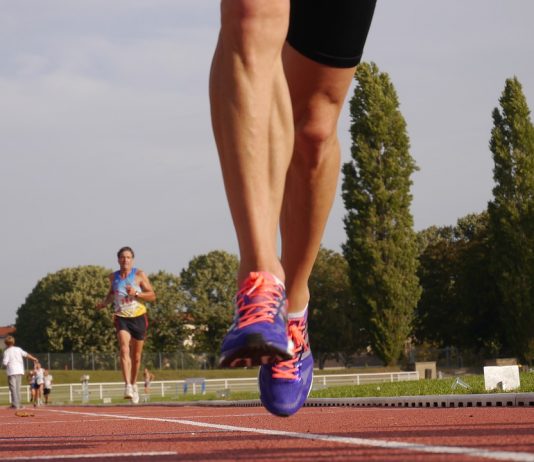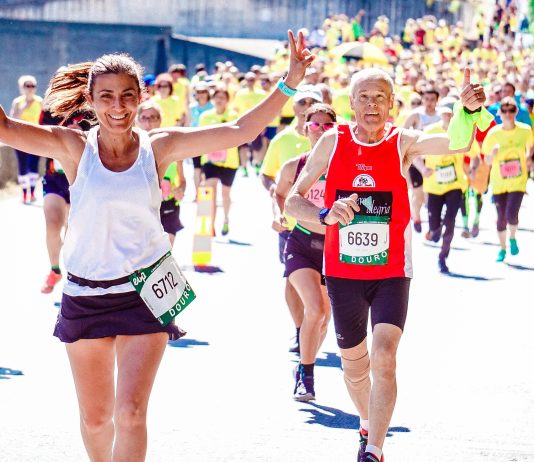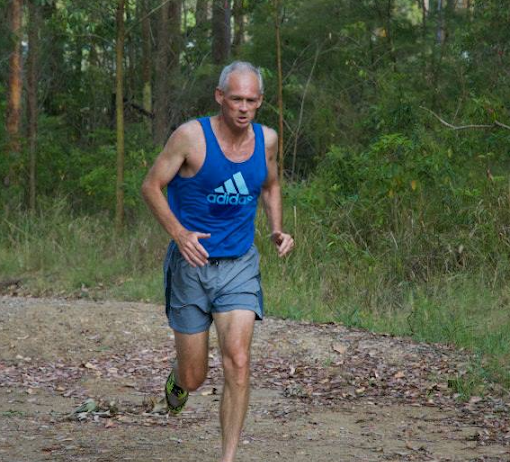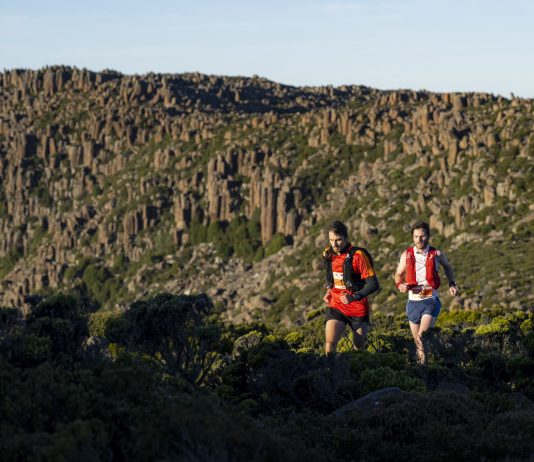Ultramarathons are among the most extreme endurance events globally, pushing runners to their physical and mental limits. These races often span hundreds of miles and last for days, requiring participants to navigate challenging terrain, battle exhaustion, and overcome unpredictable weather and wildlife.
When it comes to running, having strong and healthy legs is essential. But what you might not know is that squatting is one of the most effective ways to keep your legs and glutes strong. Although it can be challenging to trade a run day for strength training, the benefits of squatting for runners outweigh the cost of skipping a run. In this article, experts break down the advantages of squats and provide guidance on proper squat form.
Going barefoot allows you to feel where your foot lands relative to your center of mass, which muscles are activated, and whether you're maintaining your arch. Short periods of barefoot running can provide enough stimulation to recognize these imbalances and work to correct them.
Runner's knee, also known as patellofemoral pain syndrome, is a prevalent condition that affects the articulation between the kneecap and the thigh bone. While it is commonly associated with runners, it can also impact athletes in other sports, such as tennis. The term runner's knee is often used broadly to describe knee pain resulting from various knee issues.
If you're a runner, you've probably heard terms like "interval training," "speed work," and "repetitions" thrown around. But do you really understand what they mean and how to incorporate them into your training program? This article aims to provide a basic understanding of these concepts and the potential risks associated with them.
Understanding and Preventing Stress Fractures in Runners: Expert Tips and Advice
Runnerstribe Admin -
Stress fractures can be a major setback for runners, causing pain and preventing them from running for months. Although blisters and chafing are common annoyances for runners, stress fractures are a more serious injury. But what exactly is a stress fracture, and how can runners prevent them?
Preventing and Managing Stress Fractures in Athletes: Risks, Symptoms, and Treatment
Runnerstribe Admin -
Stress fractures are a common overuse injury that athletes, particularly runners, may experience. These injuries occur as a result of repetitive force to a bone over time, rather than a sudden, traumatic event. The bones of the lower limb, including the feet, legs, and hips, are particularly prone to stress fractures. Certain risk factors can contribute to the development of stress fractures, including increasing training volume too quickly, changing footwear or running surfaces, poor nutrition, prior bone injuries, low BMI, menstrual irregularity, health conditions that reduce bone density, poor biomechanics, and certain running techniques.
As we get older, our muscles tend to weaken naturally, and leading a sedentary lifestyle can exacerbate this issue. Strong calf muscles are particularly crucial to handle high-load forces that can occur during activities like running. Research suggests that the calf muscles may need to generate up to 9 times the body weight force during such activities. A weak calf muscle can result in muscle tears.
The Risk of Calf Injuries in Aging Male Runners: Understanding the Causes and Challenges
Runnerstribe Admin -
As runners get older, they become more susceptible to calf injuries, particularly male masters runners. David Habas, an accomplished 56-year-old endurance athlete from Lafayette, Cal., has completed numerous events, including an Ironman triathlon, three marathons, and ten half-marathons, but has had to deal with injuries that have hindered his ability to continue competing.
Trail and Mountain Running: A Unique and Fulfilling Endurance Challenge for All Abilities
Runnerstribe Admin -
Trail and mountain running are gaining popularity worldwide among endurance athletes and runners. These events offer a unique challenge, beautiful scenery, stunning terrain, and a competitive but friendly environment. Whether you are a beginner or a seasoned runner, there are events to suit all abilities.




